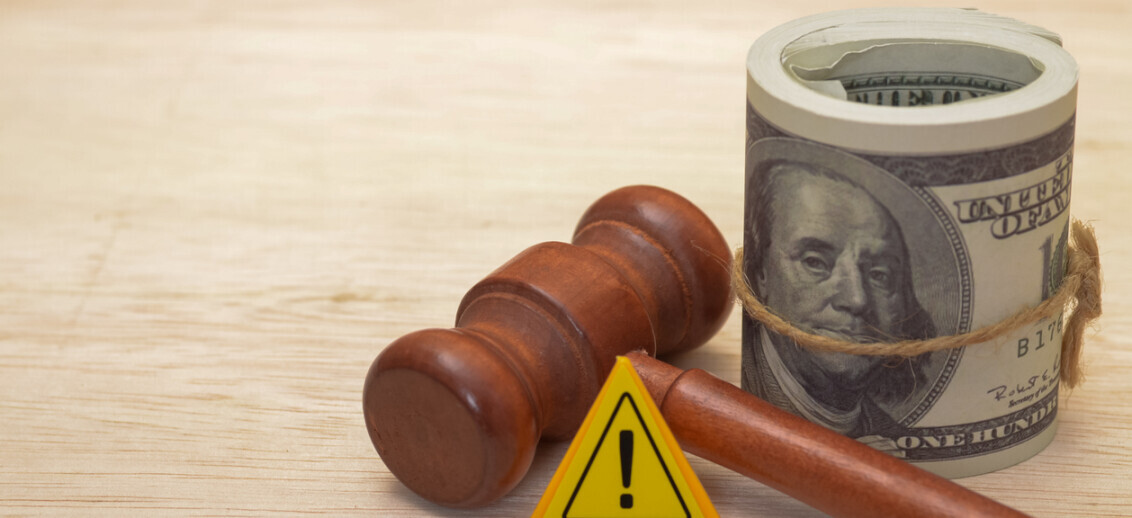Traditionally, it has been understood that the National Labor Relations Board (NLRB) limits the remedies it issues to equitable forms of relief. In practice, this meant that employees who lost their jobs due to violations of the National Labor Relations Act (NLRA) were typically entitled to only two types of remedies: (1) reinstatement, and (2) back pay.
That framework shifted in 2022, when the Board decided Thryv, Inc., 372 NLRB No. 22 (2022). In Thryv, the Biden NLRB broke from longstanding precedent and held that it could, and should, compensate employees for all direct or foreseeable pecuniary harms resulting from violations of the NLRA. Shortly thereafter, then–General Counsel Jennifer Abruzzo issued guidance (since partially rolled back by the current Acting General Counsel) asserting that Thryv authorized the Board to award an extremely broad range of consequential damages. These included compensation for items such as credit card interest and late fees stemming from job loss, legal fees and costs incurred defending eviction actions, and other non-traditional forms of monetary relief.
Two Recent Published Opinions Limit NLRB Remedies
Two recent appellate decisions—both issued within the past week—have sharply criticized Thryv and the NLRB’s attempt to expand the scope of available remedies.
On Friday, the Fifth Circuit Court of Appeals issued its decision in Hiran Management v. NLRB, holding that Thryv conflicted with nearly ninety years of past practice. The Fifth Circuit concluded that while the NLRB retains authority to award equitable remedies such as reinstatement and back pay, the NLRA does not authorize the Board to grant broad consequential damages.
Then, on Monday, the Sixth Circuit reached a similar conclusion in NLRB v. Starbucks, finding that the NLRB exceeded its statutory authority when it awarded “direct and foreseeable monetary damages” beyond back pay. The Sixth Circuit vacated the Board’s prior decision, holding that the NLRA does not permit awards for items such as credit card interest or late fees, penalties on early retirement withdrawals, or the loss of a vehicle or home due to missed payments.
A Developing Circuit Split
These recent rulings align with the Third Circuit’s December 2024 decision in another Starbucks case, which also rejected the Board’s expanded-remedy approach. However, all three of these decisions conflict with the Ninth Circuit’s January 2025 decision in Stationary Engineers Local 39 v. NLRB, which was amended and reaffirmed a few weeks ago. In the Ninth Circuit case, which involved a situation where Macy’s locked out employees after a strike, the Court issued a split decision that upheld the NLRB’s authority to award broad consequential damages, holding such remedies to be permissible under the NLRA.
What This All Means for Employers?
For now, these decisions have limited immediate impact—particularly given the current federal government shutdown, which has closed the NLRB (its website included). Even once the government reopens, the Board remains without a quorum and cannot issue decisions until at least three NLRB members are seated.
That said, administrative law judges will resume hearings when the government reopens. Employers litigating cases before the NLRB should cite the recent Fifth, Sixth, and Third Circuit decisions to challenge any attempt to impose consequential or non-equitable damages, should the union or employee prevail.
Given the growing Circuit split, there is a significant likelihood that this issue will ultimately reach the United States Supreme Court, which will then need to determine the scope of the Board’s remedial authority under the NLRA. Another possible outcome is that once the Trump Board has three members and regains a quorum, it could issue a decision that overturns Thyrv, thereby mooting the federal litigation.
If you are an employer with questions about NLRB matters, please contact the author of this article or any member of CDF Labor Law LLP’s Traditional Labor Law Practice Group.



